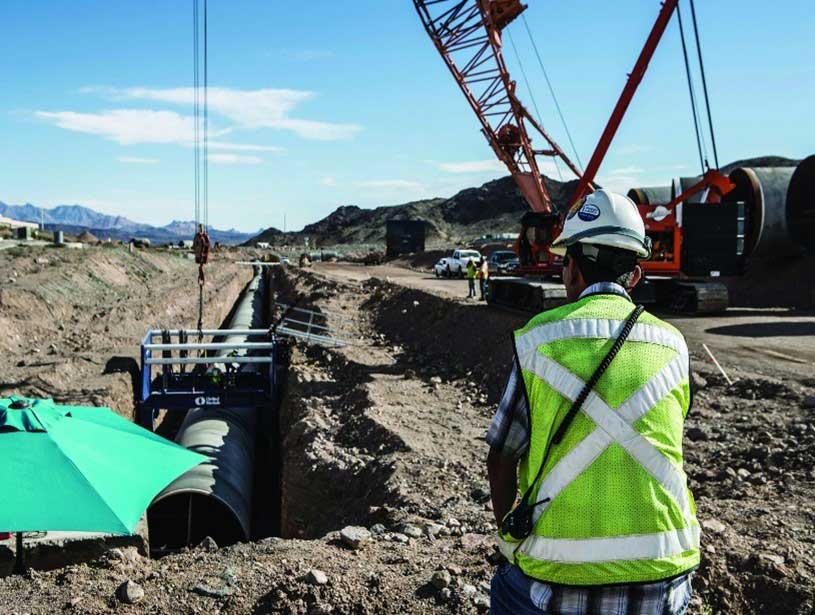Excavations Competent Person's Responsibilities Toolbox Safety Talk
Excavations
Excavations are recognized as one of the most hazardous operations in the construction industry. Excavation cave-ins can cause serious and often fatal injuries to employees. In addition to the hazards related to cave-ins, excavations are a concern on campus due to the University’s complex underground utility infrastructure. OSHA places very strict regulations governing the design of an excavation, cave-in prevention methods, and employee training. Cornell employees working in or around excavations need to be knowledgeable of safety requirements.
Competent Person’s Responsibilities
According to OSHA, the "Competent Person" means one who is capable of identifying existing and predictable hazards in the surroundings, or working conditions which are unsanitary, hazardous, or dangerous to employees, and who has authorization to take prompt corrective measures to eliminate them.
- A competent person must be clearly identified for all excavations. This person must be knowledgeable in assessing soil conditions, the use of protective systems, and OSHA requirements.
- An excavation’s Competent Person is a critical role with many responsibilities which includes:
- Ensure proposed excavation(s) has been marked for underground utility locating and contact utility locating service
- Know and understand utility locating services and their markings
- Classifying the soil type
- Prescribe and ensure proper installation of protective system(s)
- Identify and correct all hazards, including those associated with confined spaces
- Ensure employees are protected from the spoils, surface encumbrances, and all other potential hazards surrounding the excavation
- Ensure adequate access and egress
- Ensure excavation is properly barricaded and protected from public
- Ensure atmospheric monitoring is performed when necessary
- Perform Daily Trenching and Excavation Inspection:
- Prior to the start of work
- As needed throughout the shift
- After a rain event
- After another hazard increasing occurrence
- Perform evacuation of exposed employee(s) from an excavation or trench if evidence of:
- A situation that could result in a possible cave-in
- Indications of failure of protective systems, hazardous atmospheres, and/or other hazardous conditions
- All employees shall be removed from the hazardous area until the necessary precautions have been taken to ensure their safety


